Maine Coon physical adaptations against harsh winter climate in Maine
Maine winters
The state of Maine in the United States has a cold winter climate. I'm told that the cold season lasts for 3.3 months from late November to early March with an average daily high temperature below 34°F which is just above freezing point. The coldest month of the year in Maine is January with an average low of 8°F and a high of 23°F which is well below freezing.
.jpg) |
| In the snow! Image: MikeB. |
Adaptations over 400 years in Maine
The point of the introduction is that if we agree that the Maine Coon cat originates in the state of Maine which it almost certainly does, we can suggest that this cat breed developed physical adaptations in its coat primarily for survival in harsh winter climates.
 |
| Maine in the late 1800s. Image in public domain. |
Coat
The coat is shaggy and has a water-resistant top layer of fur. The downy undercoat is like a duck down filling for a duvet.
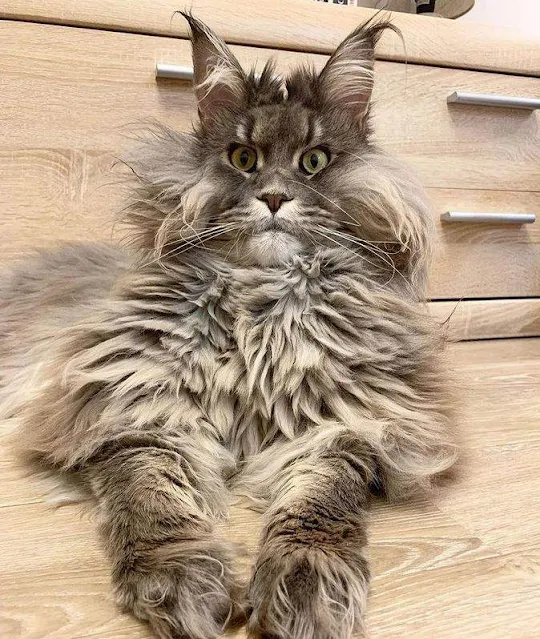 |
| Shaggy coat! Image in public domain. |
Hind legs
The hind legs have thick fur down to their hocks. This gives the appearance that they are wearing breeches which is an old English term to mean trousers that go down to the knee as you can see in the photograph (note, this is not a Maine Coon but a Siberian as I recall). 'Breeches' has been converted to 'britches' for long fur down to the hock of the hind leg. The Maine Coons britches help to keep them warm when they sit down on wet services of snow or ice.
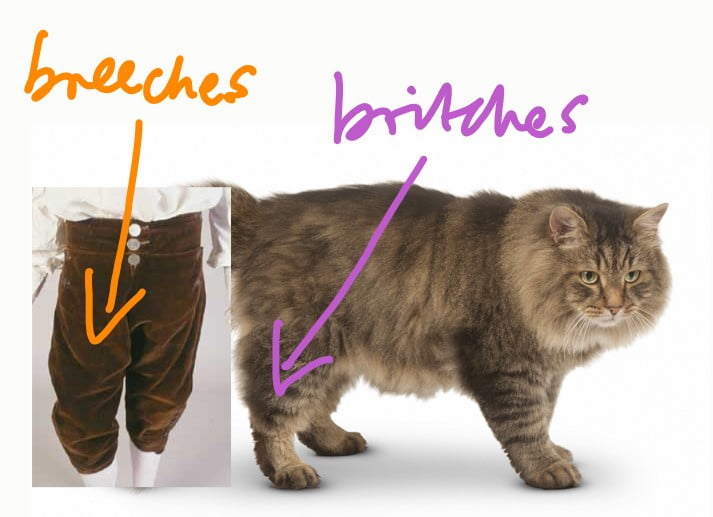 |
| Image: MikeB |
Tail
Their long, plumed and bushy tail is famous. Long fur helps to keep the tail warm. Remember, that the tail contains bones, skin, blood and an extension of the nervous system. It can get cold. The tail can be curled around their backside providing installation when sitting down on a very cold surface.
 |
| I believe he is Lotus. Image in public domain. |
Paws
They have large paws which are a bit reminiscent of the paws of a bobcat or lynx. They might provide a benefit when walking on snow. Certainly, another well-known feature of the Maine Coon cat is the fur sticking out between the toes. Their feet are protected by fur more so than perhaps all other domestic cats. The extra fur also helps navigate snow.
 |
| Amazing paws. Image in public domain. |
Polydactyl
And it should be noted that the already large paws are made larger if the cat is a polydactyl Maine Coon which means they have more than usual five toes on their front paws. This probably, too, makes it a bit easier to walk on deep snow.
 |
| A poly boy. Image in public domain. |
Ears
The Maine Coon is famous for their lynx-tipped ears. This means hair sticking out from the top of the large triangular ears. This does not help to keep the ear warm and is simply a characteristic created through selective breeding over many years. Although it is said that their ear flaps are covered with more fur than the average domestic cat.
 |
| Richie. Mad shaggy cat and protected ears. Image public domain. |
The ears are particularly vulnerable to cold conditions as they are rather poorly supplied with blood through fine capillaries and are made of cartilage.
I think it is fair to say that the Maine Coon cat has some adaptations dealing with subzero climatic conditions in the state of their origin.


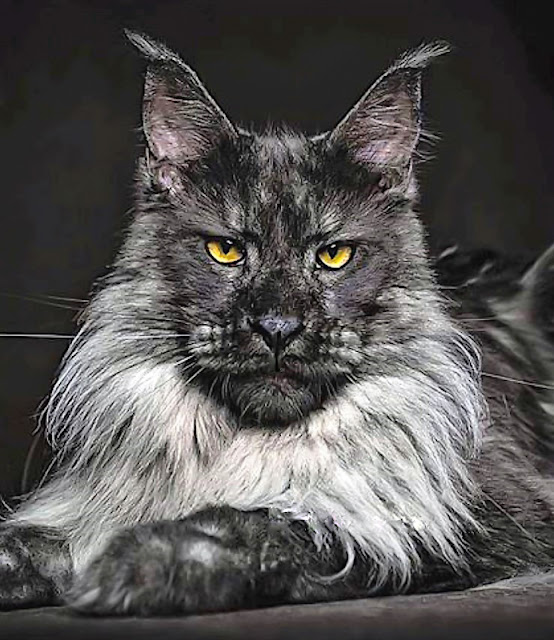



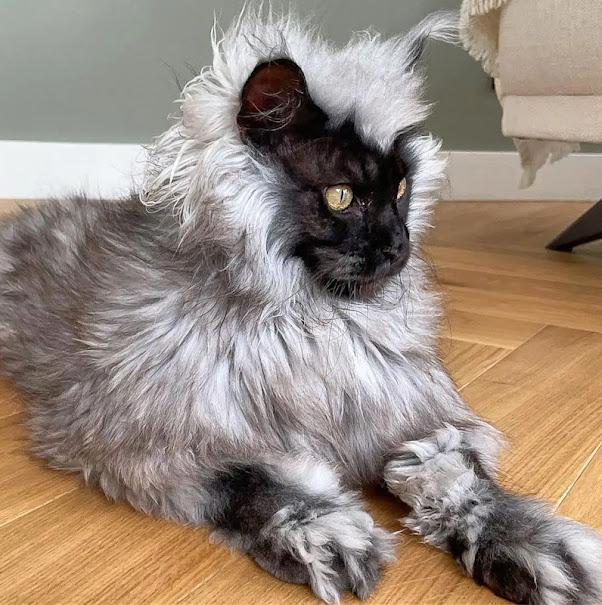

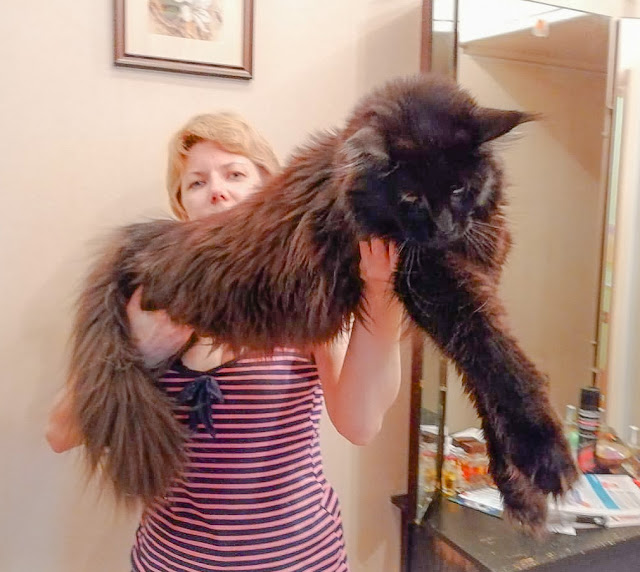
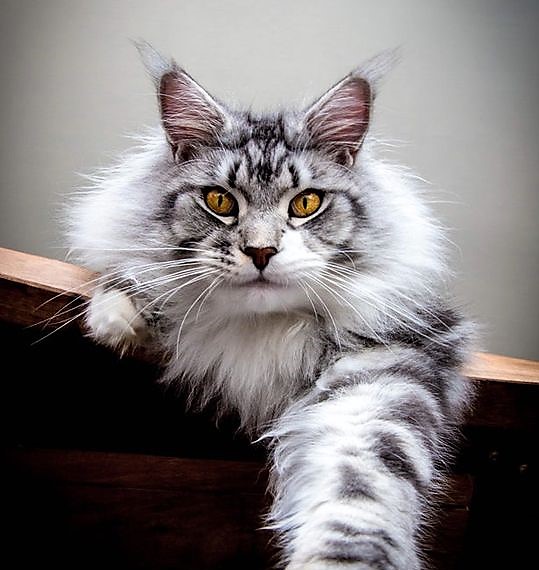
Comments
Post a Comment
Please share your Maine Coon experiences.